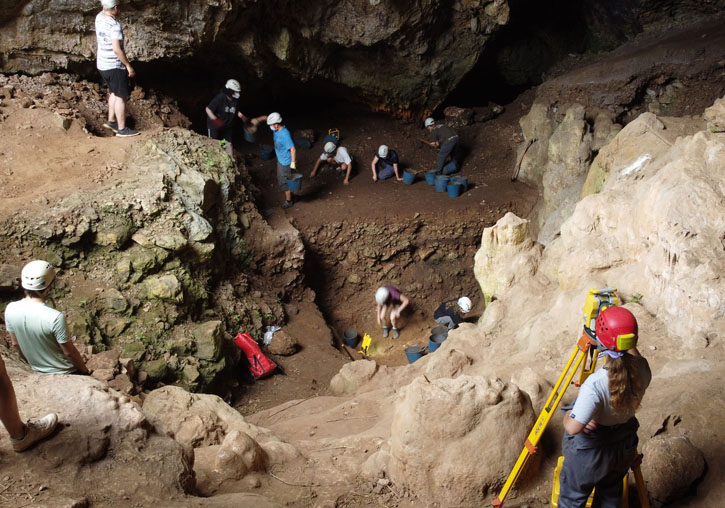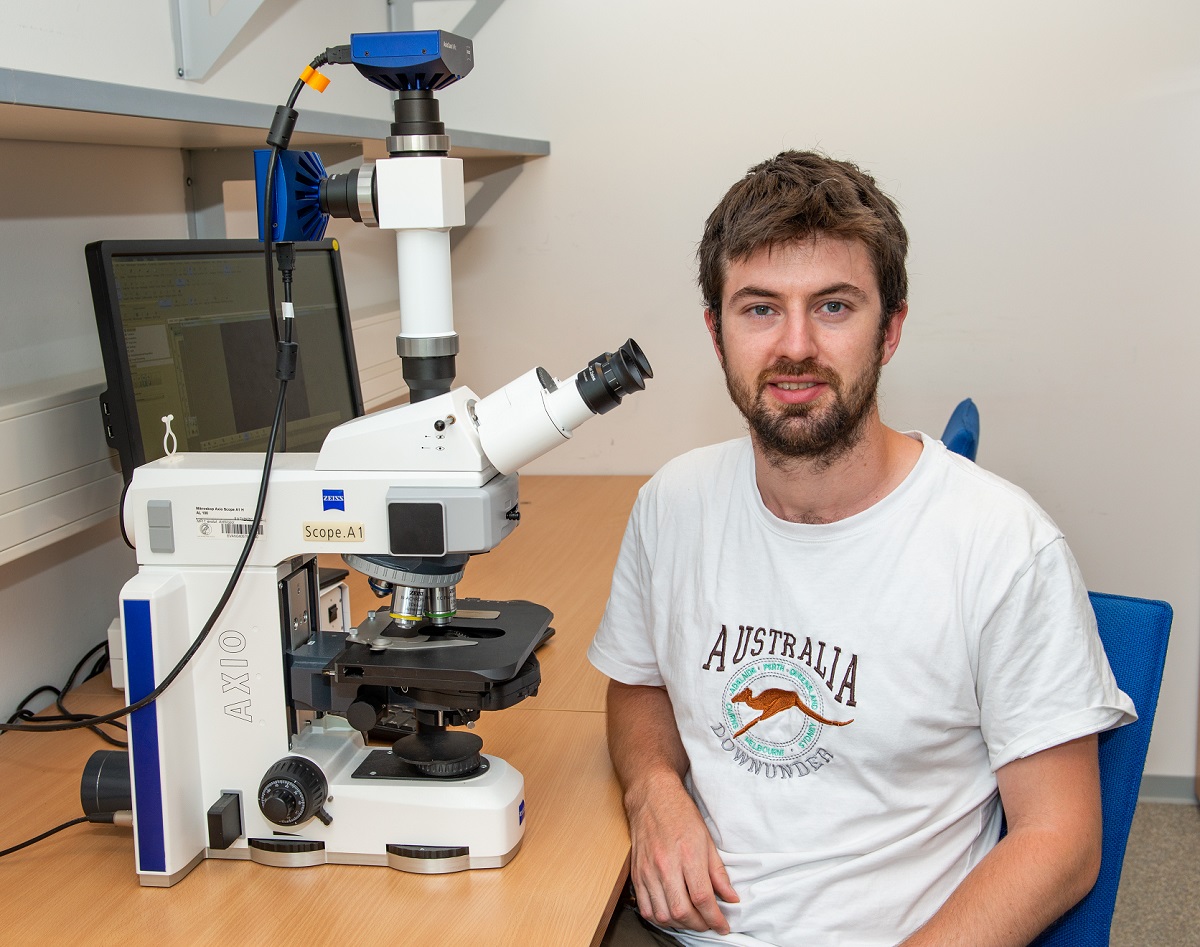The Neolithic populations that came to the peninsula by sea and lived near it barely consumed fish
- Scientific Culture and Innovation Unit
- December 22nd, 2022

Domingo Carlos Salazar, CIDEGENT researcher at the University of Valencia (UV), has led a study that dates the occupation of the Neolithic site of Cova Bonica, located near the coast and the Llobregat River Delta. The results, published in the Frontiers magazine, confirm the important weight of an agricultural-livestock economy 7,400 years ago now, with a diet based on domesticated species of cereals and animals, and without the presence of fish. The University of Barcelona and University College Dublin also participate in the work.
“It is surprising that, despite the fact that the site is located quite close to the coastline, there is no isotopic evidence of the consumption of resources from the sea”, says biomolecular archaeologist Domingo C. Salazar, a member of the Department of Prehistory, Archaeology and Ancient History of the UV.
This has been revealed by a study carried out using stable isotopes of carbon and nitrogen, a type of signal that is reflected in the bones and teeth of animals and humans, and that serves to reconstruct the diet. In addition, this is the first time that a study of these characteristics has been carried out in the Iberian Peninsula, in which this analysis technique has been combined with the study of food microremains trapped in the calculus (plaque) of the teeth in populations of the ancient Neolithic.
The study focuses on Cova Bonica de Vallirana (Baix Llobregat region, Barcelona), one of the few sites with human remains from this time and that allows us to know what these first populations that first brought to the Iberian Peninsula an economy based on agriculture and livestock were like, how they lived and what they ate. The site, excavated by Montserrat Sanz and Joan Daura, who have also participated in the study, is close to the coast and the Delta del Llobregat, which at that time would be further from the sea than it is today and has also provided archaeological remains on the mobility of Neolithic human groups towards the coast and towards the current city of Barcelona.
Among the human remains there is no sign of consumption of marine resources, which indicates that these first populations that arrived in the peninsula by sea, did so with a grain and livestock economy. “It is possible that these populations already arrived with their Neolithic pack and did not need to introduce new food elements into it, or that, for unknown reasons (perhaps due to beliefs or established norms) they considered marine resources as a taboo food element”, explains the Valencian researcher.
On the contrary, although there is evidence of the consumption of cereals such as wheat in dental calculi, the evidence for it is less than expected. “Archaeobotanical remains are scarcer than at other key Neolithic sites in southeastern Europe for which there is more data, yet we still believe they had a common grain-based economy”, says researcher Robert C. Power, from the University College Dublin.
“Cova Bonica is an archaeological archive where archaeological remains of the last 7,400 years are preserved and through this study one of the most important economic and cultural changes in the history of humanity is evidenced, the transition from the hunter-gatherer economy to the production economy based on agriculture and livestock”, say archaeologists Montserrat Sanz and Joan Daura, from the Quaternary Research Group of the University of Barcelona.
Annex photos: Domingo C. Salazar and Robert C. Power.
Article: Salazar-García D. C., Power R. C., Daura J. and Sanz M. (2022), Diet at the onset of the Neolithic in northeastern Iberia: An isotope–plant microremain combined study from Cova Bonica (Vallirana, Catalonia). Front. Earth Sci. 10:957344. doi: 10.3389/feart.2022.957344




















